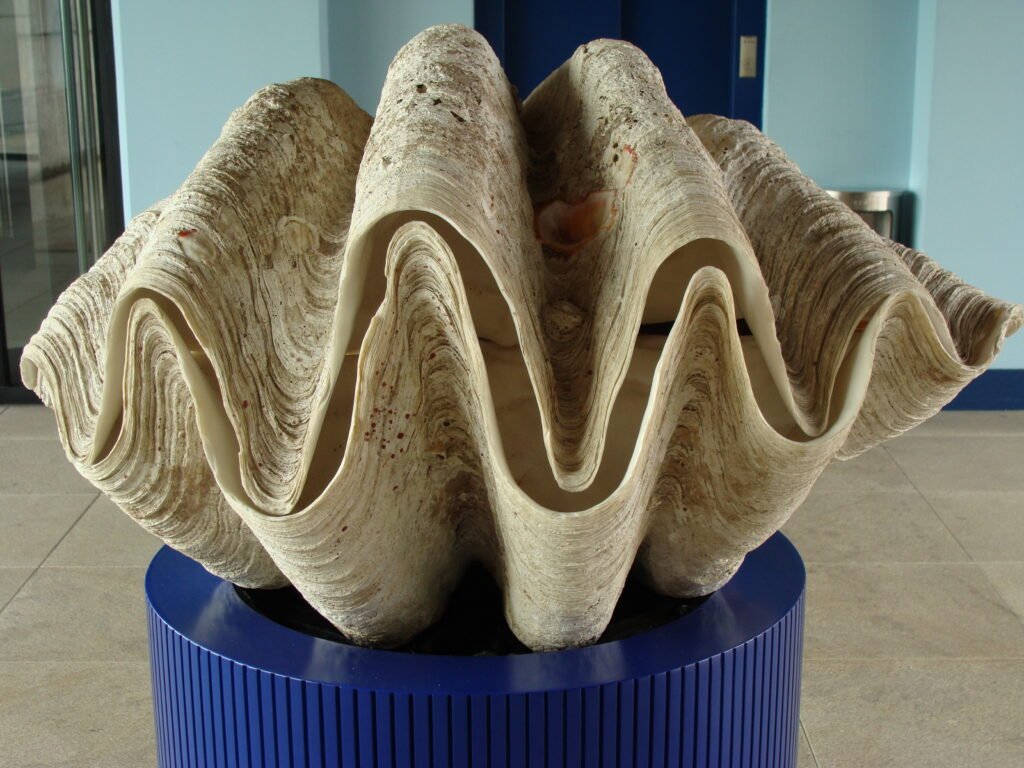Imagine strolling along a tropical shoreline and stumbling upon a creature so immense, its shell could easily double as your living room coffee table. Not a relic of science fiction, but a jaw-dropping reality from Singapore’s past. Long before glassy towers and bustling city life took over, Singapore’s coastlines were home to giant clams that defied belief. Their shells shimmered under the sun, and their massive, colorful mantles were a spectacle to behold. Today, it’s hard to picture such giants lying quietly beneath the gentle waves, but their story is a testament to the wonders, and the fragility, of our natural world.
The Magnificent Titans of the Sea
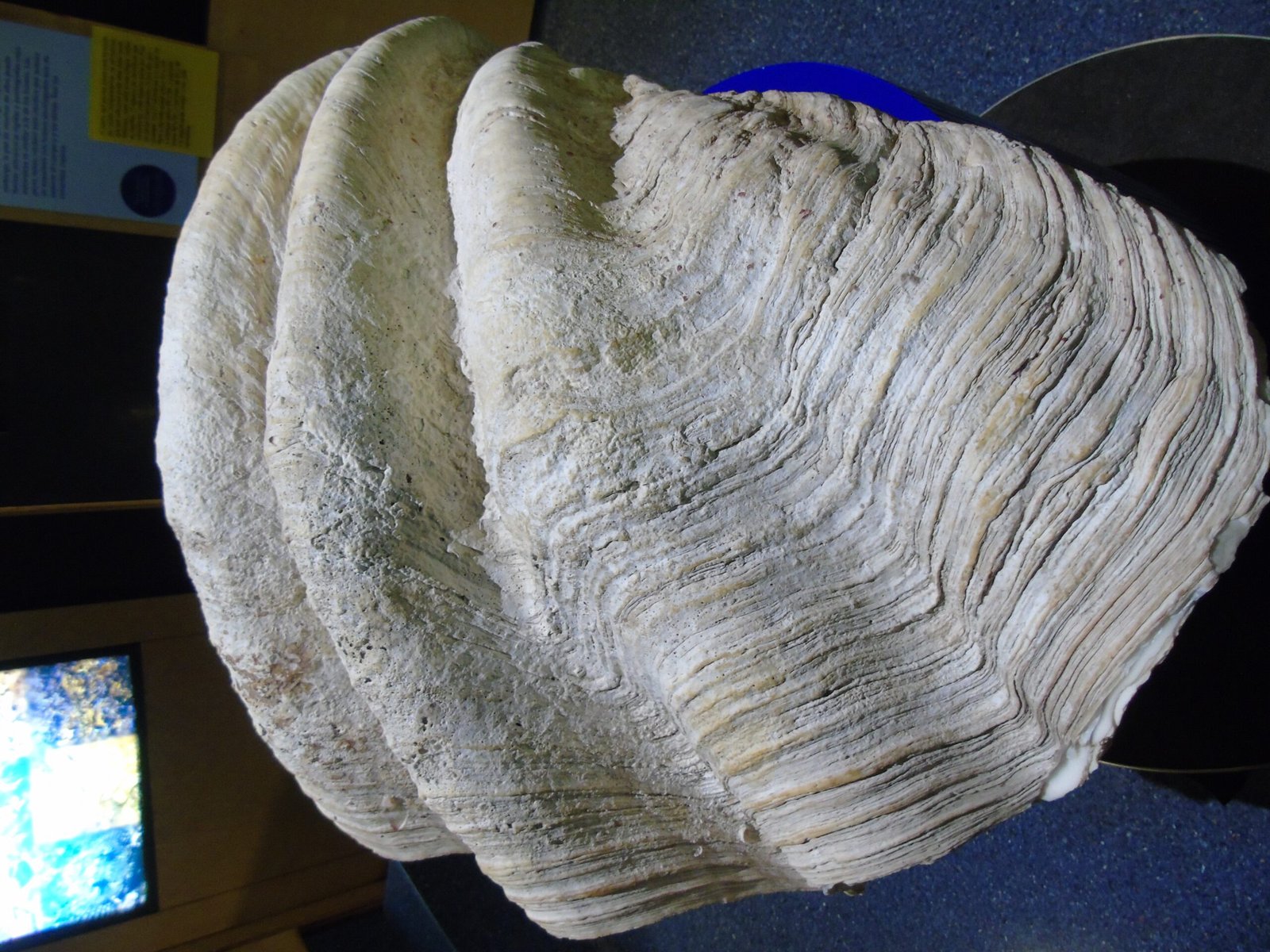
Giant clams, known scientifically as Tridacna gigas, are no ordinary shellfish. These marine giants could grow longer than a bicycle and weigh more than a full-grown man. Their shells, with wavy edges and vibrant streaks of blue and green, were almost otherworldly. Some clams reached lengths of over a meter, sprawling across the seabed like ancient treasures. Singapore’s shallow reefs, once teeming with marine life, provided the perfect nursery for these gentle giants. It’s astonishing to think that while people today might hunt for seashells barely the size of their palm, generations past might have marveled at clams too big to carry home.
Singapore’s Forgotten Reefs
Many are surprised to learn that Singapore was once surrounded by lush coral reefs. These reefs weren’t just pretty backdrops for postcards—they were vibrant, living cities under the water. The reefs stretched around the southern shores and islands, bursting with colorful corals, fish, and, of course, the legendary giant clams. The clams played a vital role, filtering water and creating little pockets of life for countless sea creatures. For centuries, these reefs thrived quietly, until rapid development and reclamation began to change the landscape forever.
The Science Behind the Giant Clam’s Size
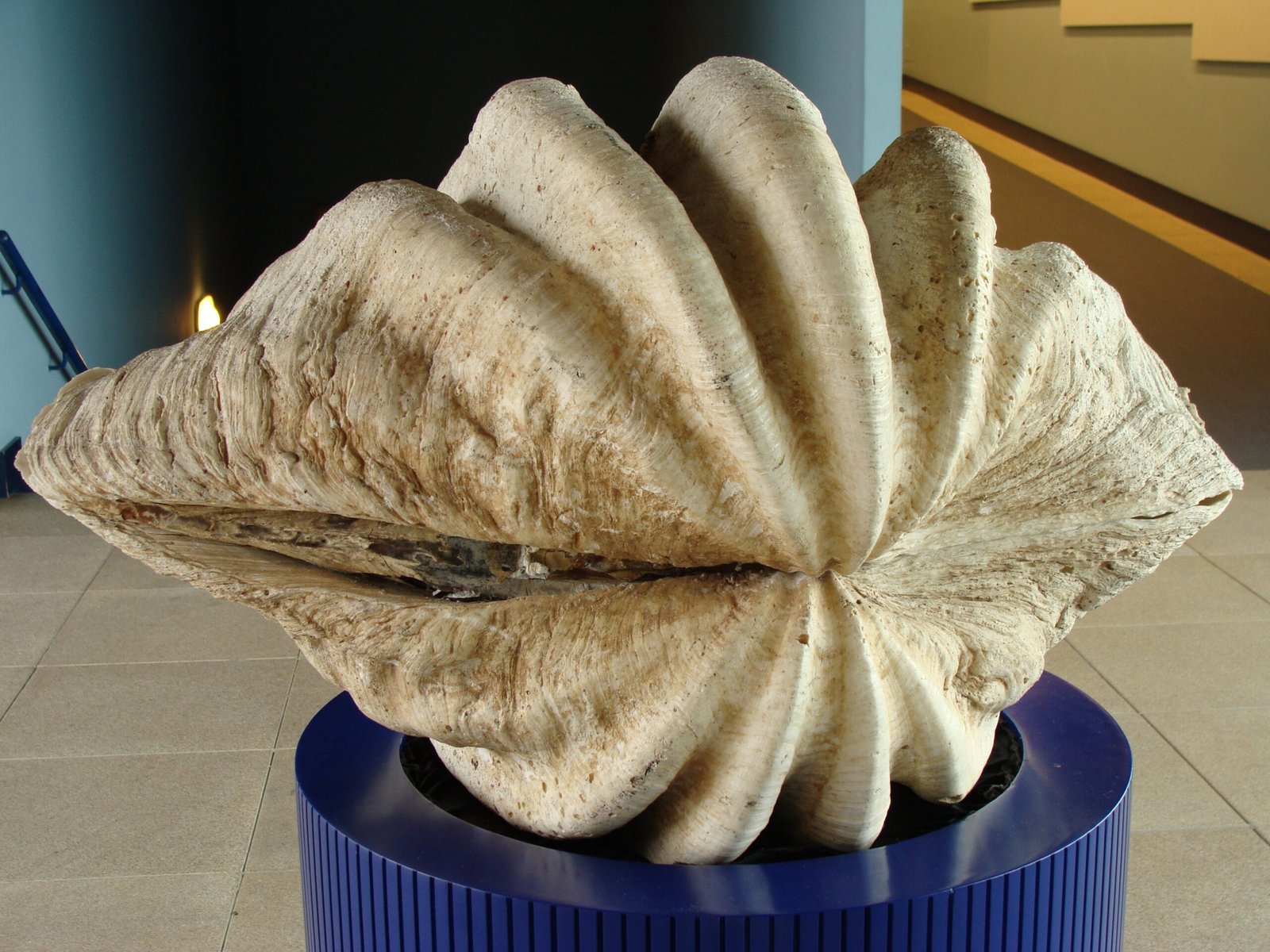
What makes a clam grow to such epic proportions? Giant clams have a unique partnership with microscopic algae that live inside their tissues. These algae use sunlight to create food, which they share with their clam hosts. It’s like having a mini solar power plant right inside your body. Thanks to this symbiotic relationship, giant clams can keep growing for decades, storing energy from the sun and nutrients from the water. Scientists marvel at the efficiency of this partnership, calling it one of nature’s most remarkable collaborations.
Clams as Colorful Living Jewels
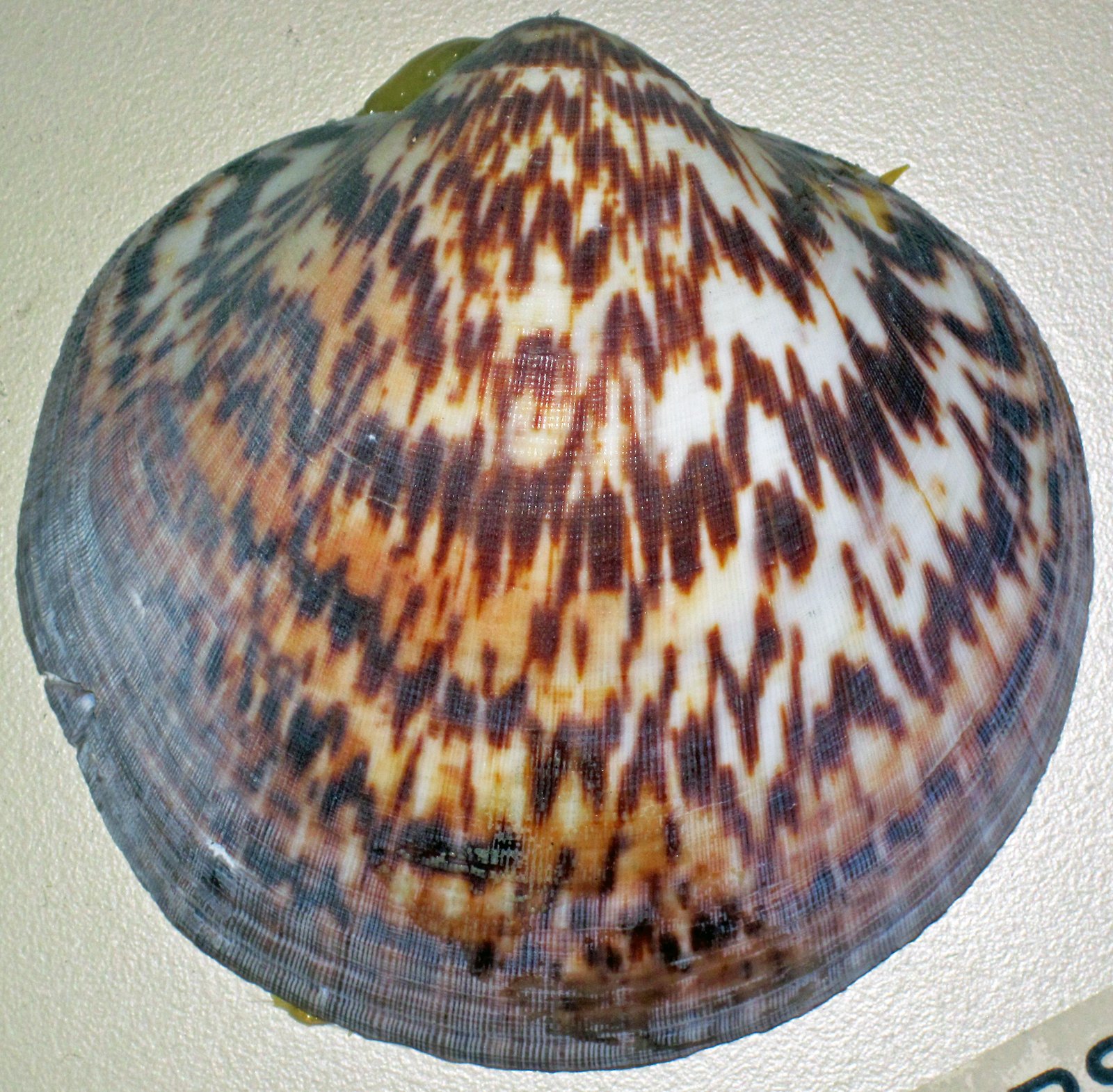
If you’ve ever seen a giant clam up close, you’ll remember its dazzling colors. The mantles, which peek out of their enormous shells, shimmer with electric blues, greens, and even purples. These colors aren’t just for show. They help the clam’s algae absorb the right amount of sunlight, acting like living solar panels. Some divers have described the sight as “underwater rainbows” or “living jewels.” It’s hard not to feel a sense of awe when witnessing such beauty in a world often hidden from view.
Ancient Legends and Local Lore
For centuries, giant clams have captured the imagination of people across Southeast Asia. Some old stories warned of clams big enough to trap a person’s foot, while others believed these creatures held magical powers. Fishermen in Singapore once told tales of giant shells found on the reefs, their pearly insides glinting in the morning light. These legends, passed down through generations, show how deeply the clams were woven into local culture and folklore. Even today, echoes of these stories linger in the names of places and family memories.
Clams and the Coral Connection
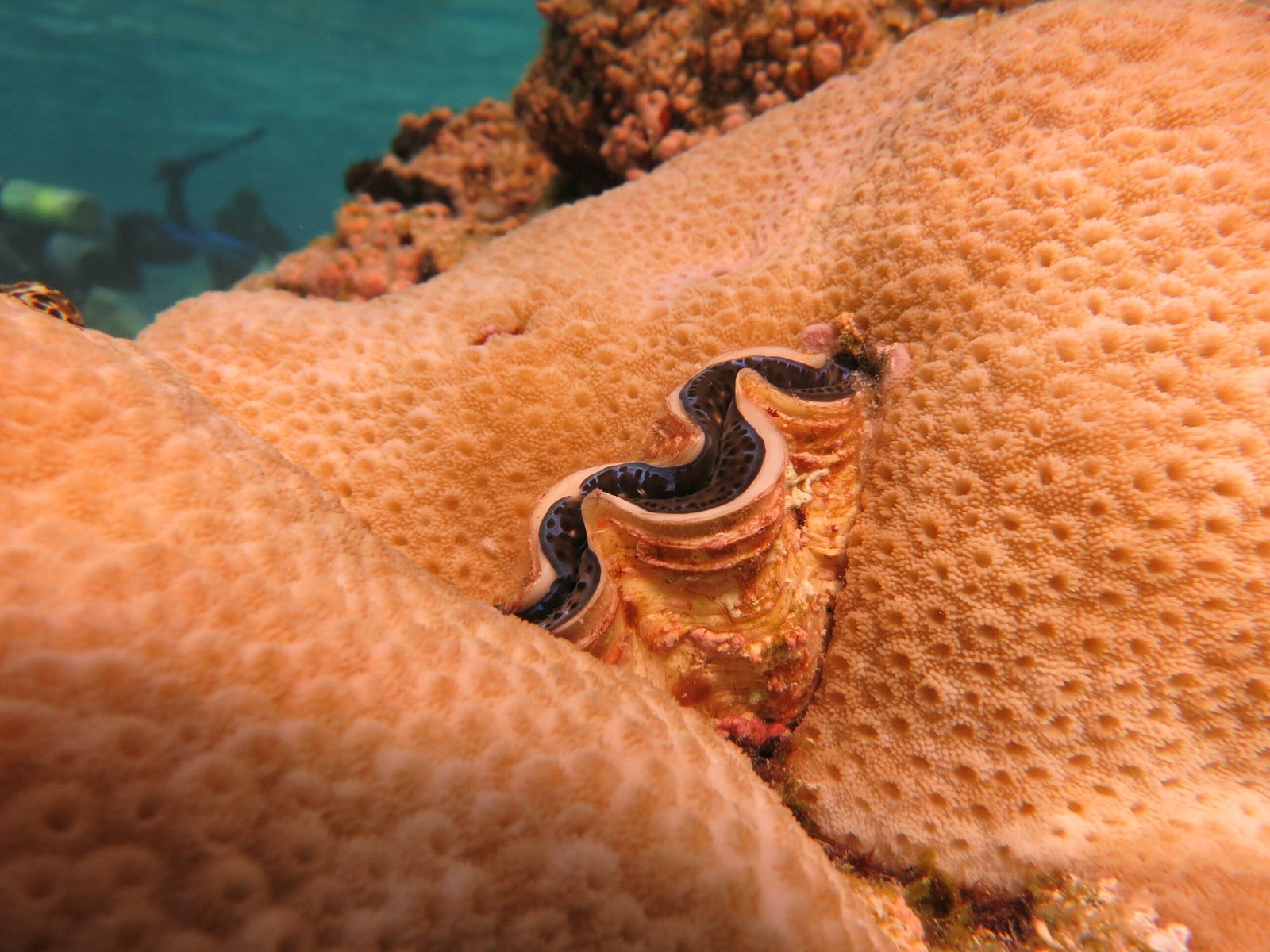
Giant clams and coral reefs are more than just neighbors—they’re partners in the underwater ecosystem. The clams’ filtering action keeps the water clear, helping corals get the sunlight they need. Meanwhile, their shells offer safe hiding spots for tiny fish, crabs, and sea snails. It’s a delicate dance, with each creature playing its part. Without giant clams, the reefs would lose a powerful ally. The loss isn’t just about one species, but the unraveling of an entire web of life.
How Did These Giants Disappear?
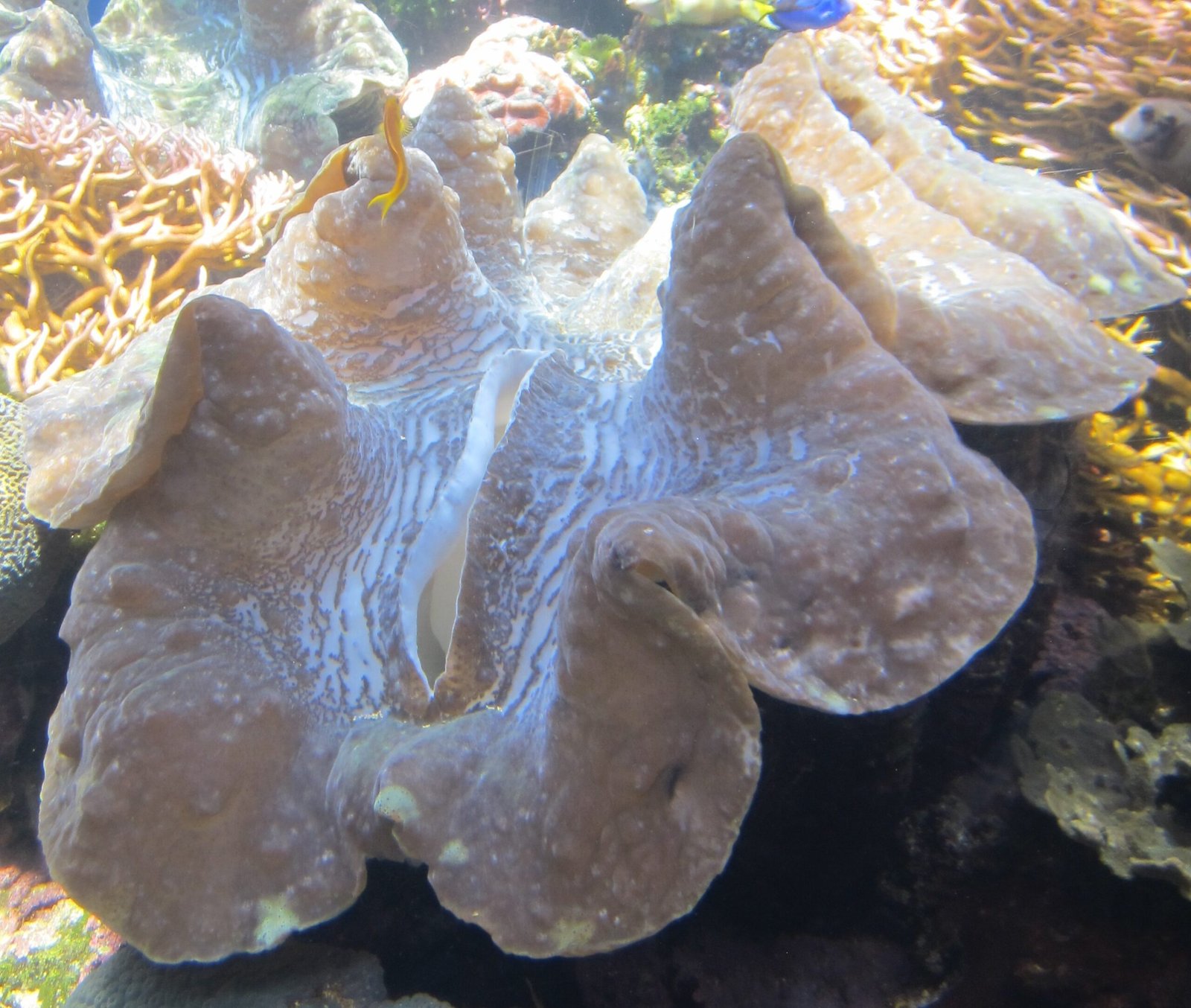
The decline of giant clams off Singapore’s shores is a story repeated around the world. As the city grew, coastlines were altered, reefs were buried under concrete, and water quality declined. Overfishing also took its toll, with giant clams harvested for food, shells, and even the aquarium trade. By the late 20th century, sightings of these colossal mollusks became rare, and their presence faded into memory. The transformation was so swift that many Singaporeans today are surprised to learn these giants ever existed locally.
The Threats Facing Giant Clams Globally
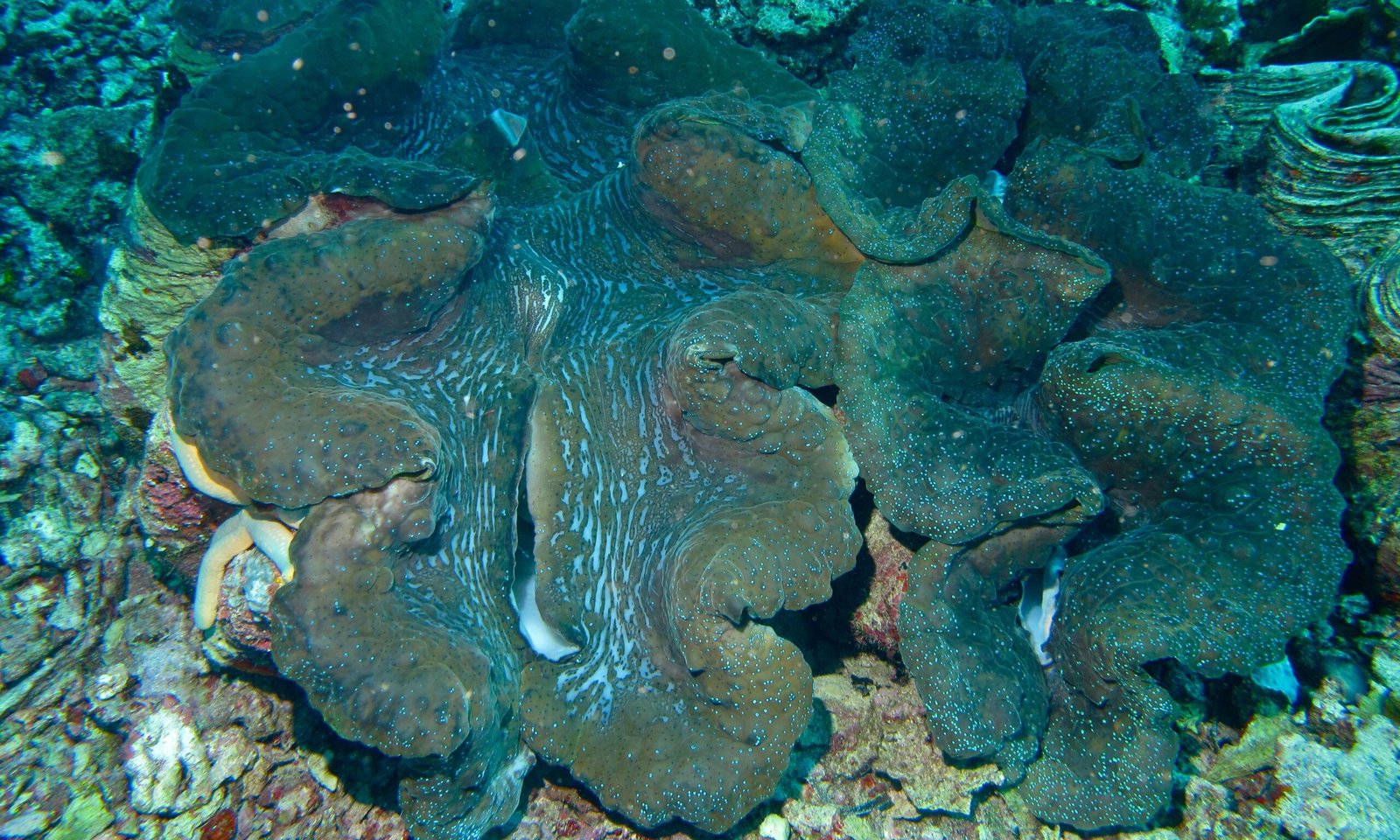
Giant clams aren’t just a Singapore story. Across the Indo-Pacific, they face mounting threats—pollution, habitat loss, and illegal harvesting. Their slow growth and late maturity make it hard for populations to recover. Climate change adds another layer of danger, with warming waters and coral bleaching affecting their delicate symbiosis with algae. A world without giant clams is not just less colorful; it’s a sign that our oceans are losing their ancient balance.
Conservation Efforts in Modern Singapore
Despite the odds, hope isn’t lost. Singapore’s scientists and environmental groups have started ambitious programs to restore coral reefs and reintroduce giant clams. Small nurseries now raise baby clams, carefully placing them in protected waters. These efforts are painstaking, but each new shell on the reef is a tiny victory. The city’s growing commitment to marine conservation shows that it’s possible to blend modern life with respect for natural heritage. Every rescued clam is a symbol of resilience and renewal.
Giant Clams: More Than Just Seafood
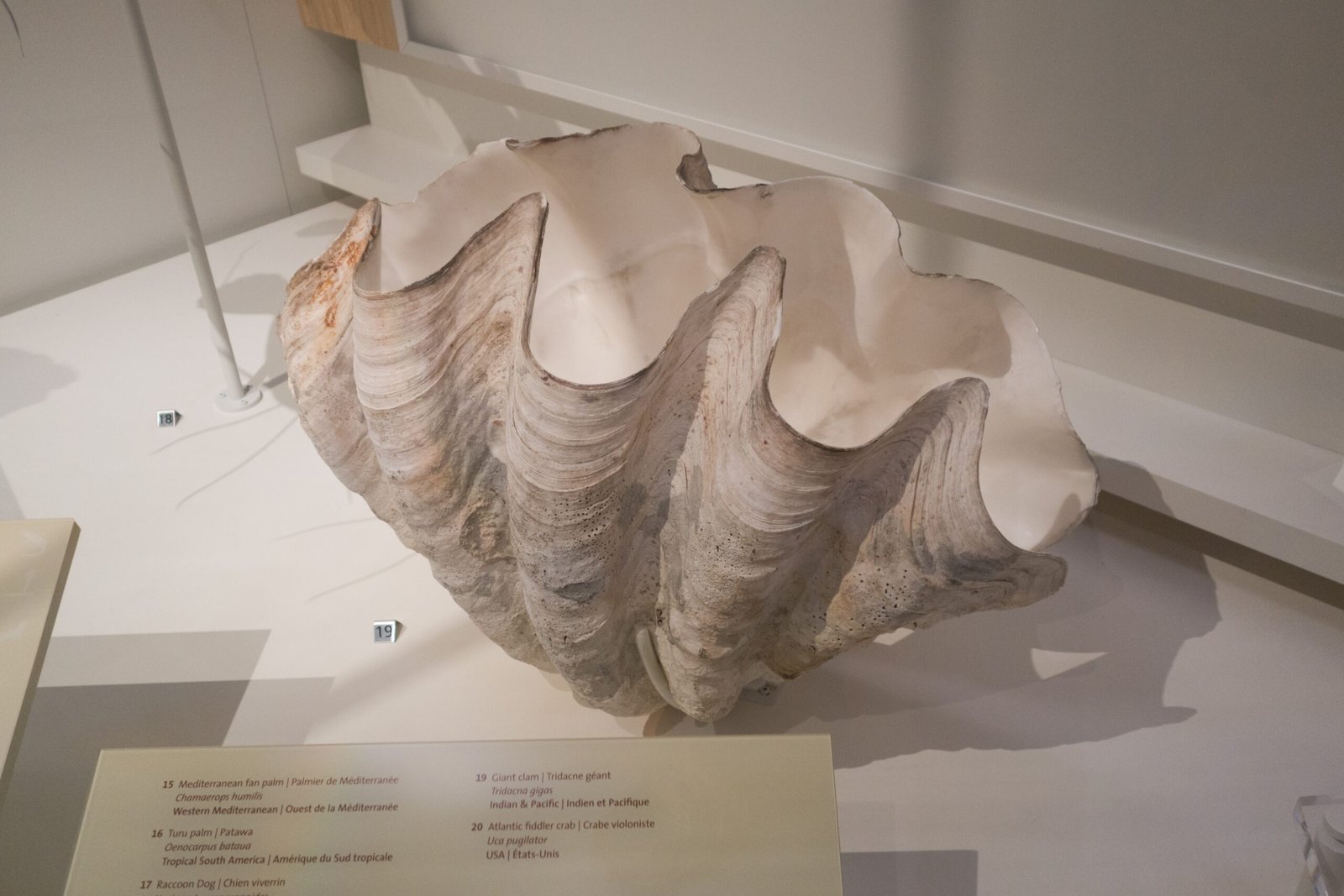
In some cultures, giant clams were a source of meat, prized for their size and flavor. But their value goes far beyond the dinner plate. The shells have been carved into bowls, tools, and even religious artifacts. Some churches in Europe display giant clam shells as holy water basins, amazed at their size and beauty. This mix of practical use and reverence reminds us that nature’s gifts are both useful and awe-inspiring.
Lessons from the Past
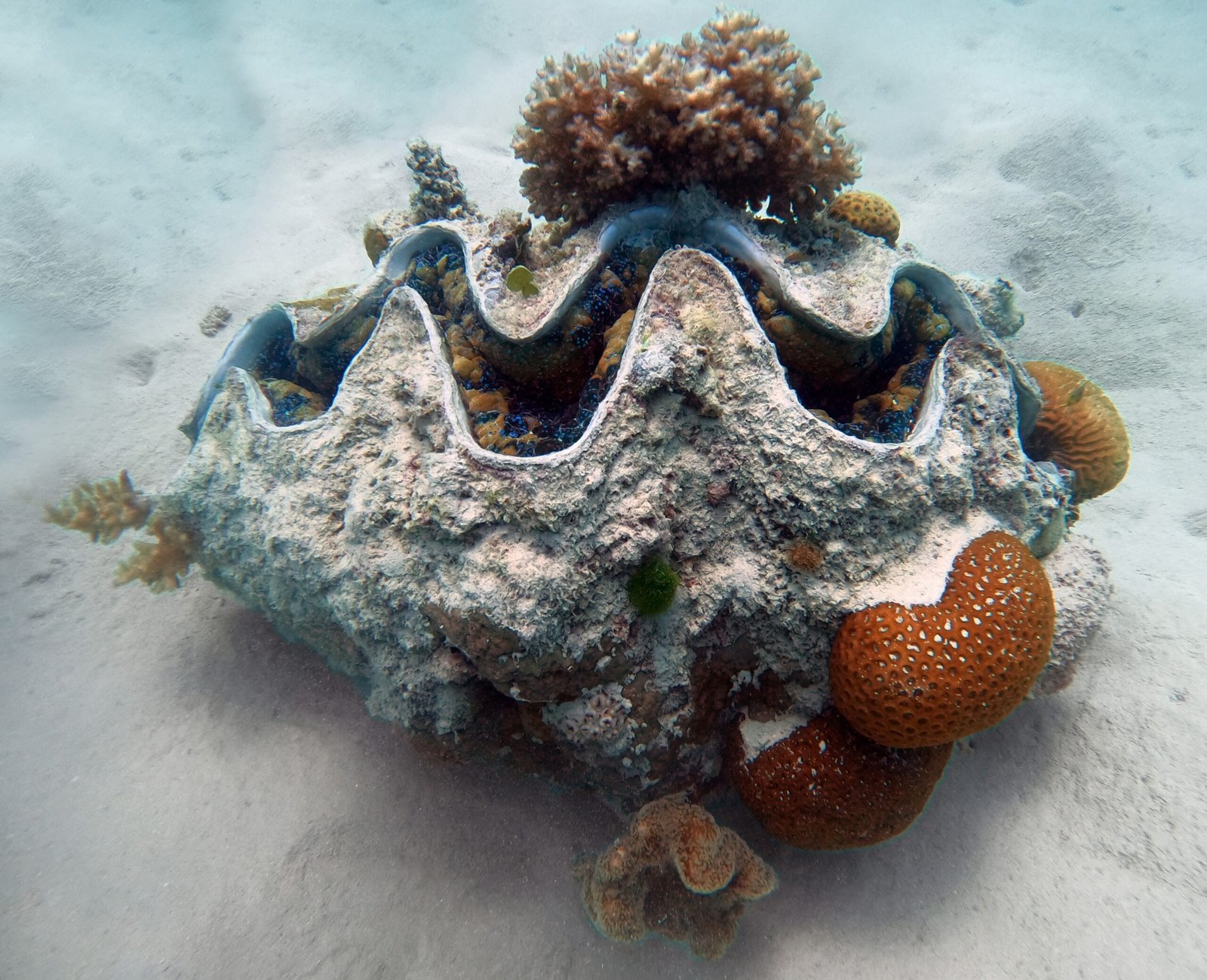
The story of Singapore’s giant clams is a lesson in how quickly nature’s wonders can disappear, but also in how much can be achieved when people care. It’s easy to forget that the mundane landscapes we know today once hid unbelievable treasures. Remembering these lost giants helps spark curiosity and a sense of stewardship for what remains. The past isn’t just a museum; it’s a call to action for the future.
The Role of Citizen Science
Ordinary people are playing a surprising role in giant clam conservation. Divers, fishermen, and beachgoers report sightings, help track populations, and even assist in releasing juvenile clams. These grassroots efforts make a big difference, adding valuable data and fostering a sense of shared responsibility. It’s a reminder that you don’t need a lab coat to be part of the solution—just curiosity and a love for the sea.
Giant Clams and the Climate Crisis
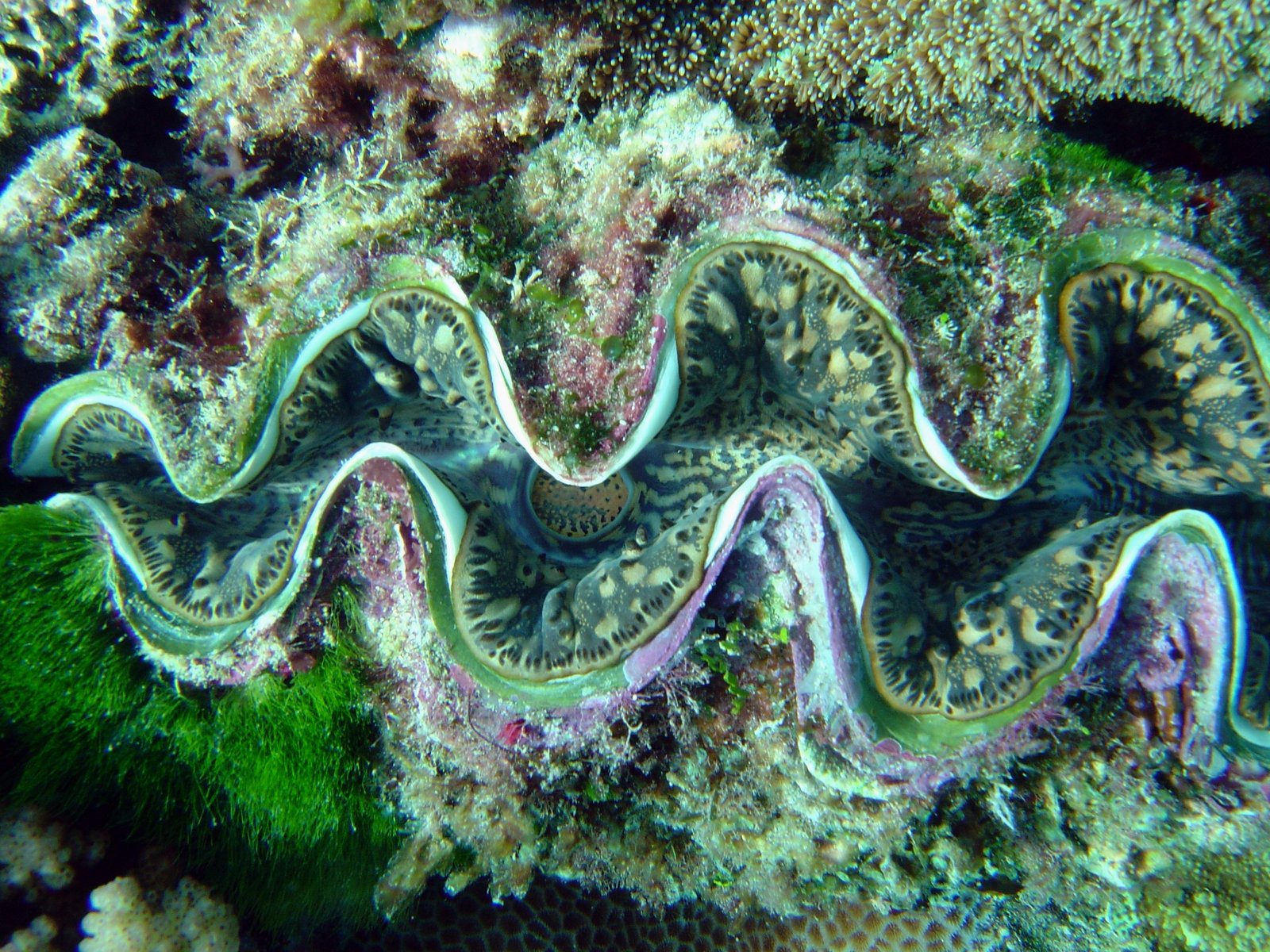
Climate change is shaking the foundations of ocean life. Giant clams, with their dependence on stable temperatures and clear water, are especially vulnerable. Heatwaves can disrupt their algae partners, leading to bleaching and sometimes death. Scientists are racing to understand how resilient these clams can be, and whether selective breeding or assisted migration might help them survive. The fate of giant clams is tied to the broader fight against climate change, showing how everything in nature is connected.
What the Future Holds
There’s a genuine sense of excitement about the return of giant clams to Singapore’s waters. Each successful reintroduction feels like a glimpse of an earlier, wilder world. Researchers dream of the day when coffee-table-sized clams are once again a common sight on local reefs. The journey is long, but every step forward is a reason to celebrate. The hope is that, with enough effort, these gentle giants will once again inspire wonder in future generations.
How You Can Help
Protecting giant clams isn’t just the job of scientists. Everyday choices, like reducing plastic use, supporting sustainable seafood, and learning about marine life, all make a difference. Visiting local marine parks or joining beach clean-ups helps keep habitats healthy. Even spreading the word about Singapore’s lost giants can spark interest and action. Every little effort adds up, creating a ripple effect that helps the ocean breathe easier.
The Unforgettable Legacy of Singapore’s Giant Clams
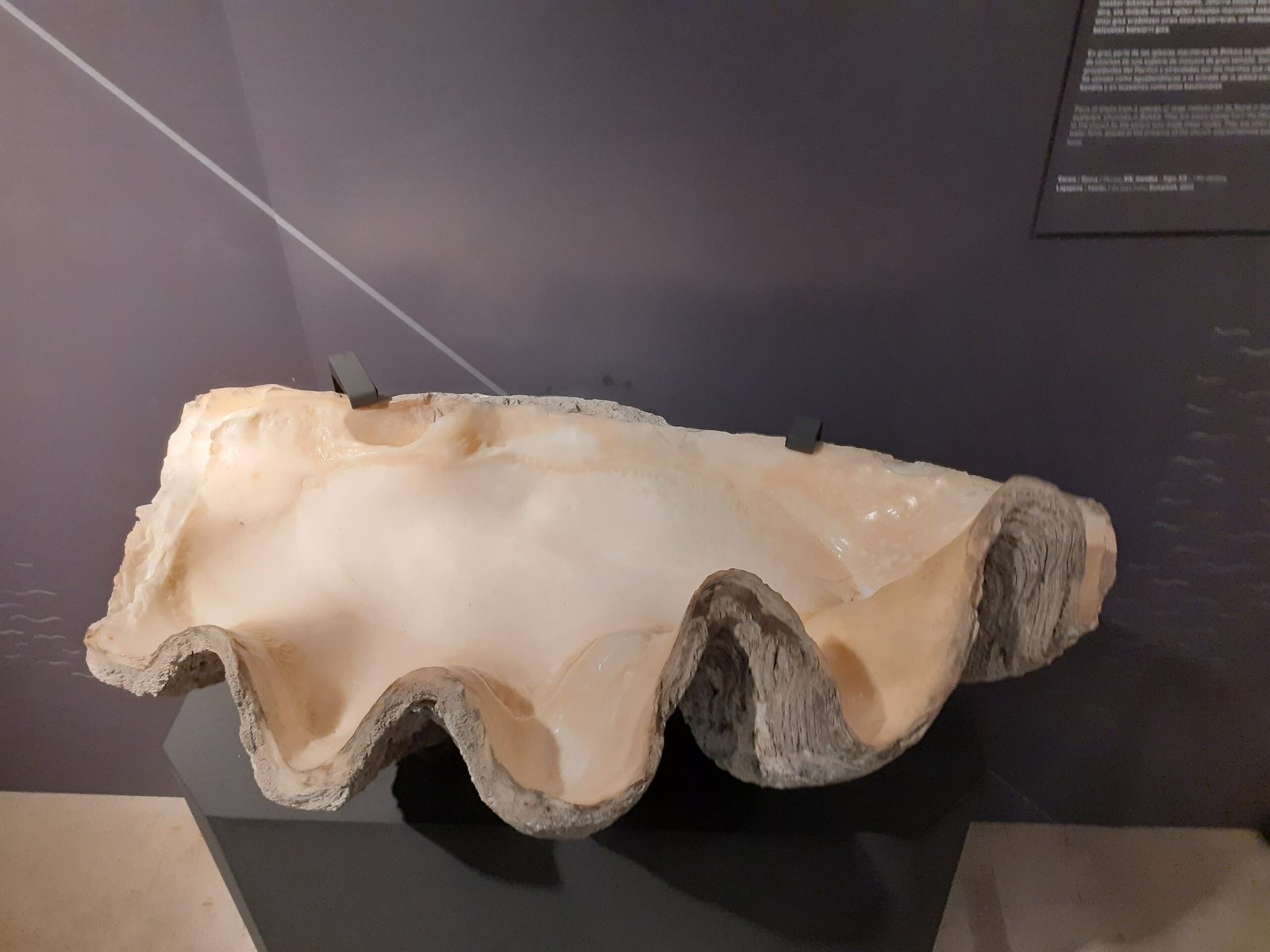
The giant clams of Singapore may be mostly gone, but their story lives on. It’s a story of nature’s grandeur, of loss and renewal, and of the power we hold to shape the future. These ocean titans remind us that the world is full of wonders—some lost, some waiting to be rediscovered. Next time you walk by the sea, pause and imagine what once lay beneath the waves. The memory of those coffee-table-sized clams is a call to cherish and protect the marvels that still remain.

